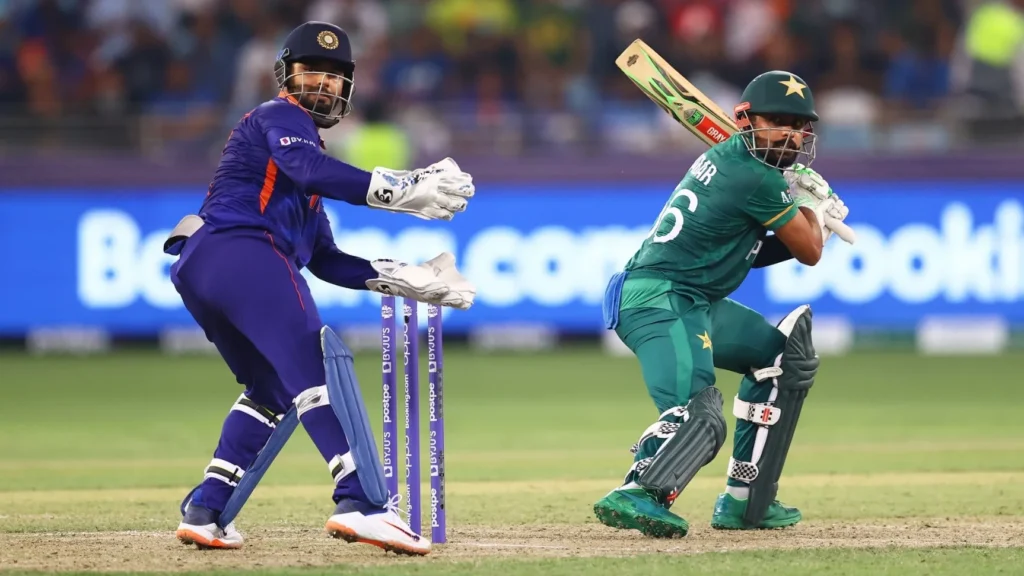‘From traditional to open-chested position…’: EAM Jaishankar’s cricket analogy draws applause
Lessons from Cricket and Diplomacy: A Tale of Adaptation and Strategy

The interplay between cricket and foreign policy offers fascinating parallels, revealing how strategies in one domain can inform and inspire actions in another. The discussion reflects on the evolution of India’s cricketing techniques and foreign policy strategies, shedding light on adaptability, preparation, and perseverance.
Bridging Gaps: Learning from History
The narrative begins with a reflection on India’s cricket tours, particularly between 1982 and 1983, where the shift in techniques led to improved performance against Pakistan. Moving from a traditional side-on stance to an open-chested position became a metaphor for India’s changing approach to its foreign policy. Much like the sporadic gaps in India’s early cricket tours, there were extended intervals in diplomatic engagements, with some prime ministerial visits to countries like Australia being decades apart.
This historical inconsistency highlighted the need for sustained and strategic engagement. Today, however, the world seeks to partner with India, recognizing its role as a global economic powerhouse and a nation that sets benchmarks in various sectors.
Facing Challenges: Lessons from Fast Bowlers
A poignant piece of advice offered in the discussion compares the global diplomatic landscape to facing a team of relentless fast bowlers. The strategy: “Move early, play late.” This wisdom encapsulates the essence of preparation, anticipation, and adaptability in both cricket and diplomacy. For diplomats and leaders, this means preparing meticulously, understanding the motives and strategies of global players, and responding thoughtfully at the right moment.
A Shift in Stance: Open and Agile
The transition in cricket from a traditional stance to an open-chested position symbolizes a broader shift in how India navigates its relationships with neighboring nations, especially Pakistan. Adopting a more open and forward-looking approach has allowed India to tackle challenges with confidence, whether on the cricket field or the diplomatic stage. This approach emphasizes understanding one’s adversaries, adapting strategies, and seizing opportunities for collaboration.
Honoring Excellence and Resilience
The discussion concludes with heartfelt admiration for individuals who embody traits of grit, resilience, and selflessness. These qualities are not just hallmarks of great cricketers but also essential attributes for leaders and diplomats shaping the future. Such individuals serve as generational role models, inspiring others with their determination and commitment.
Conclusion: The Game Beyond Boundaries
The lessons drawn from cricket extend far beyond the field, offering insights into leadership, strategy, and perseverance. Just as a successful cricket team thrives on adaptability and preparation, a nation’s foreign policy flourishes when guided by foresight and resilience. By embracing these values, India continues to strengthen its global presence, proving that the game of diplomacy, much like cricket, requires both skill and spirit to succeed.

